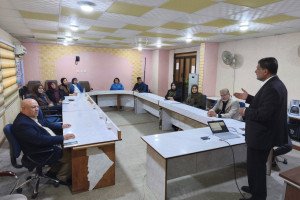
The Marine Science Center at the University of Basrah organized a lecture titled "The Use of Radioisotopes in Determining the Age of Earth's Layers, Sediments, and Fossils."
The lecture aimed to demonstrate that radioactive dating using radioisotopes is an accurate method for determining the age of various materials, which helps us understand Earth's history and the evolution of life.
The lecture, delivered by Assistant Professor Dr. Manaf Qasim Al-Battat, covered how radioisotopes can be used to determine the age of Earth's layers, sediments, and fossils through a process called radioactive dating. This dating relies on measuring the decay of radioactive isotopes into their stable isotopes over time. Each radioactive isotope has a "half-life," the time it takes for half of the isotope to decay. By knowing the half-life of a radioactive isotope and measuring the amount of both the radioactive isotope and the stable isotope in a sample, the age of the Earth can be determined.
Radioisotopes are used to measure the ages of Earth's layers, sediments, and fossils for the purpose of radioactive dating. This technique relies on the fact that radioactive isotopes decay at a constant rate, allowing scientists to determine the age of materials by measuring the ratio of radioactive isotopes to stable isotopes.
Marine Science Center Media





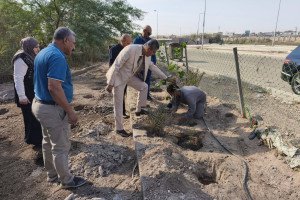
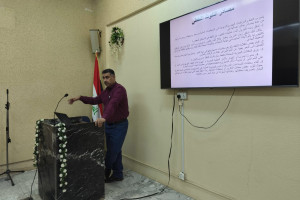
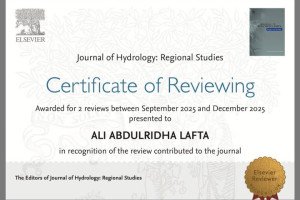
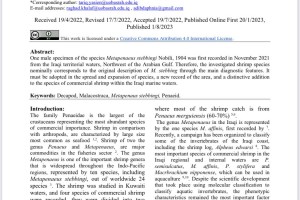
.jpg)

.png)